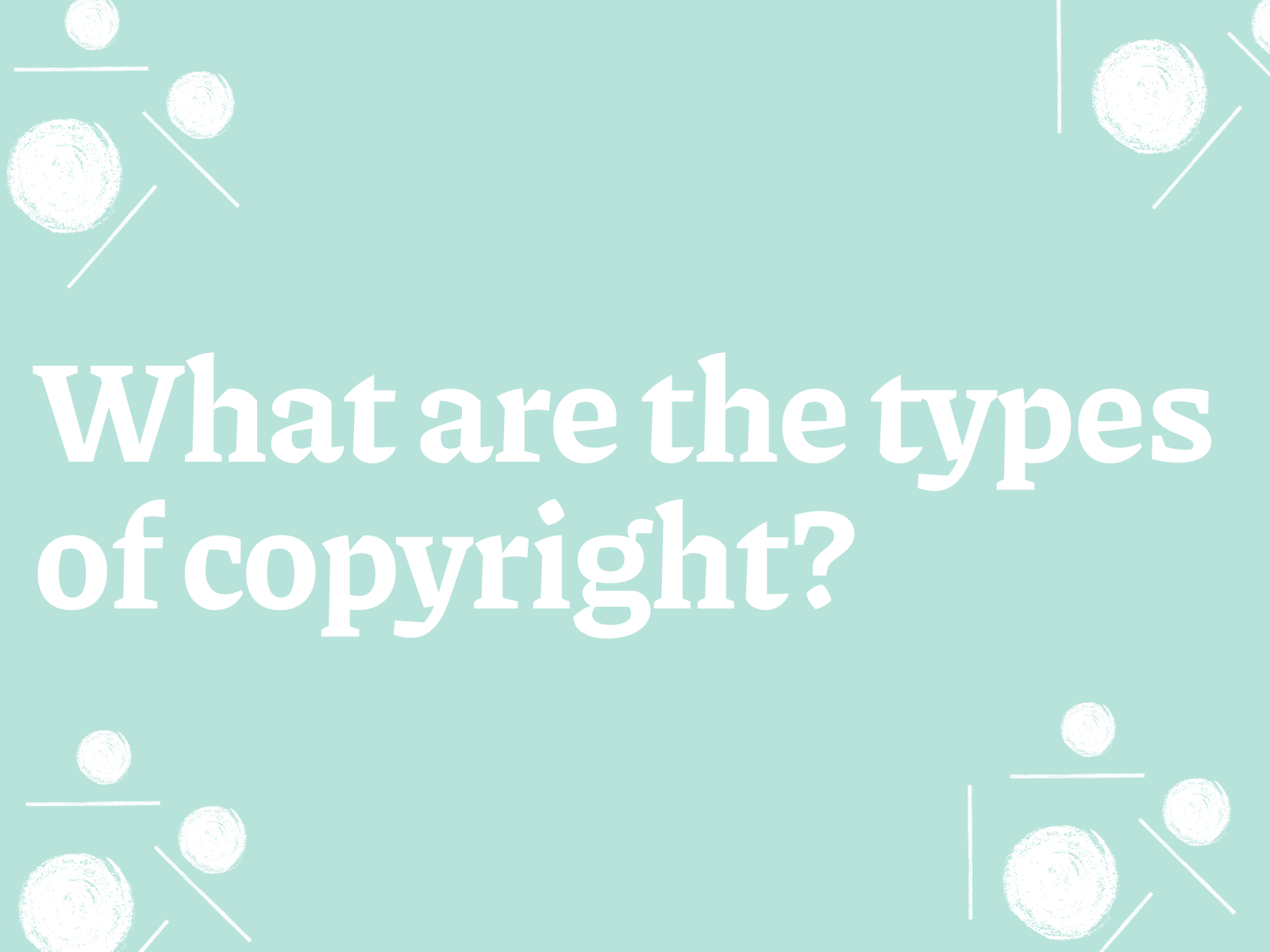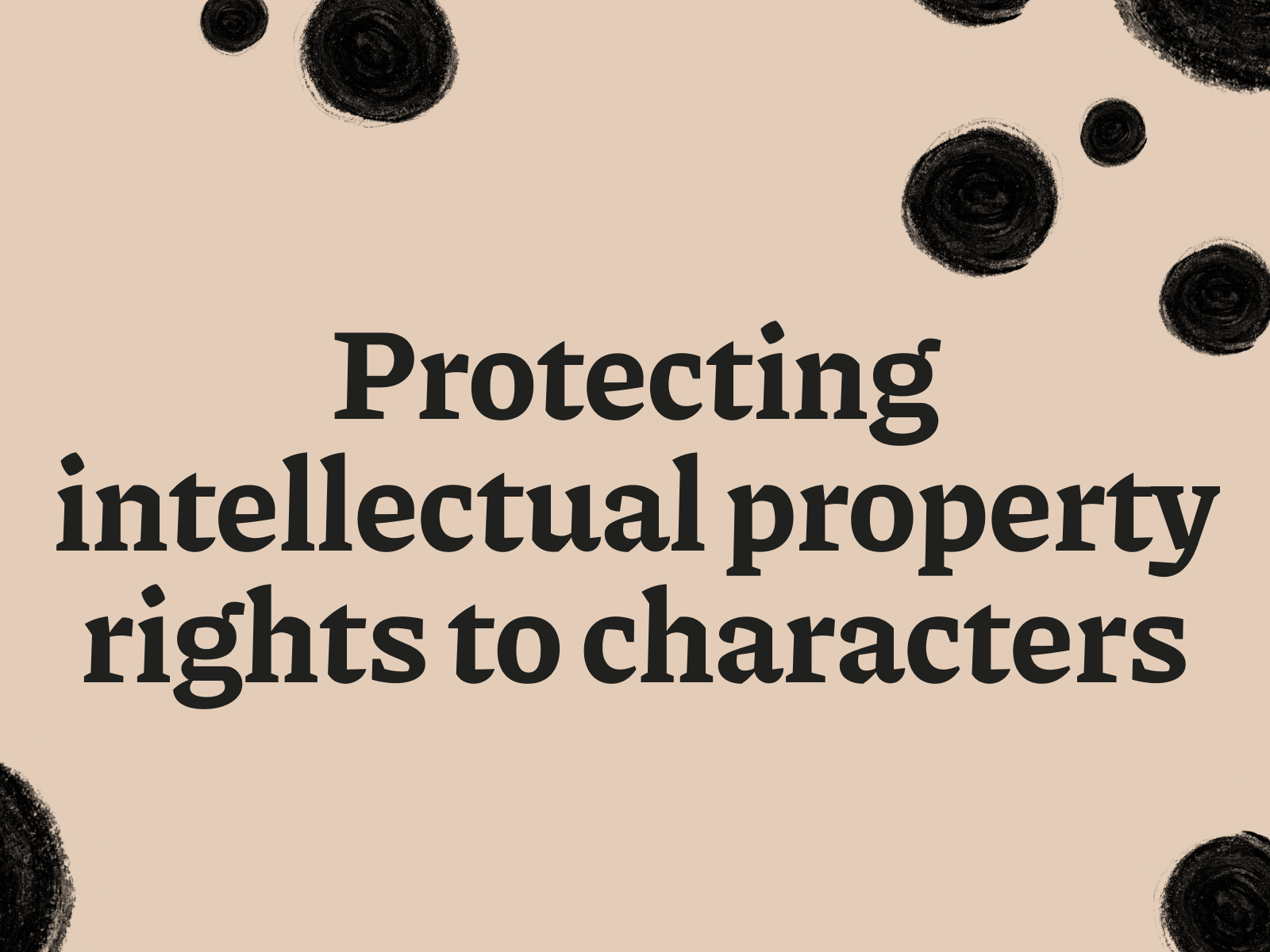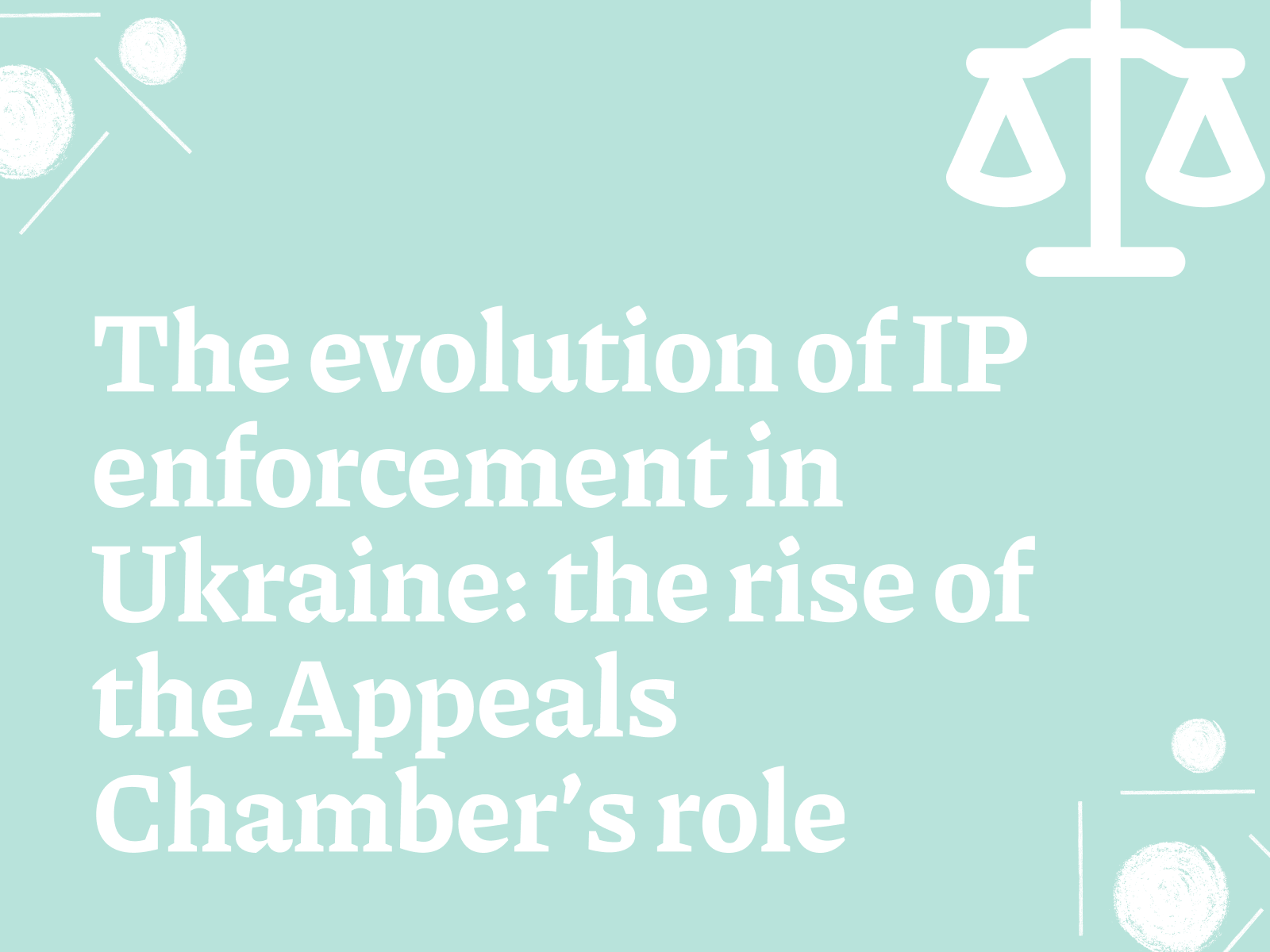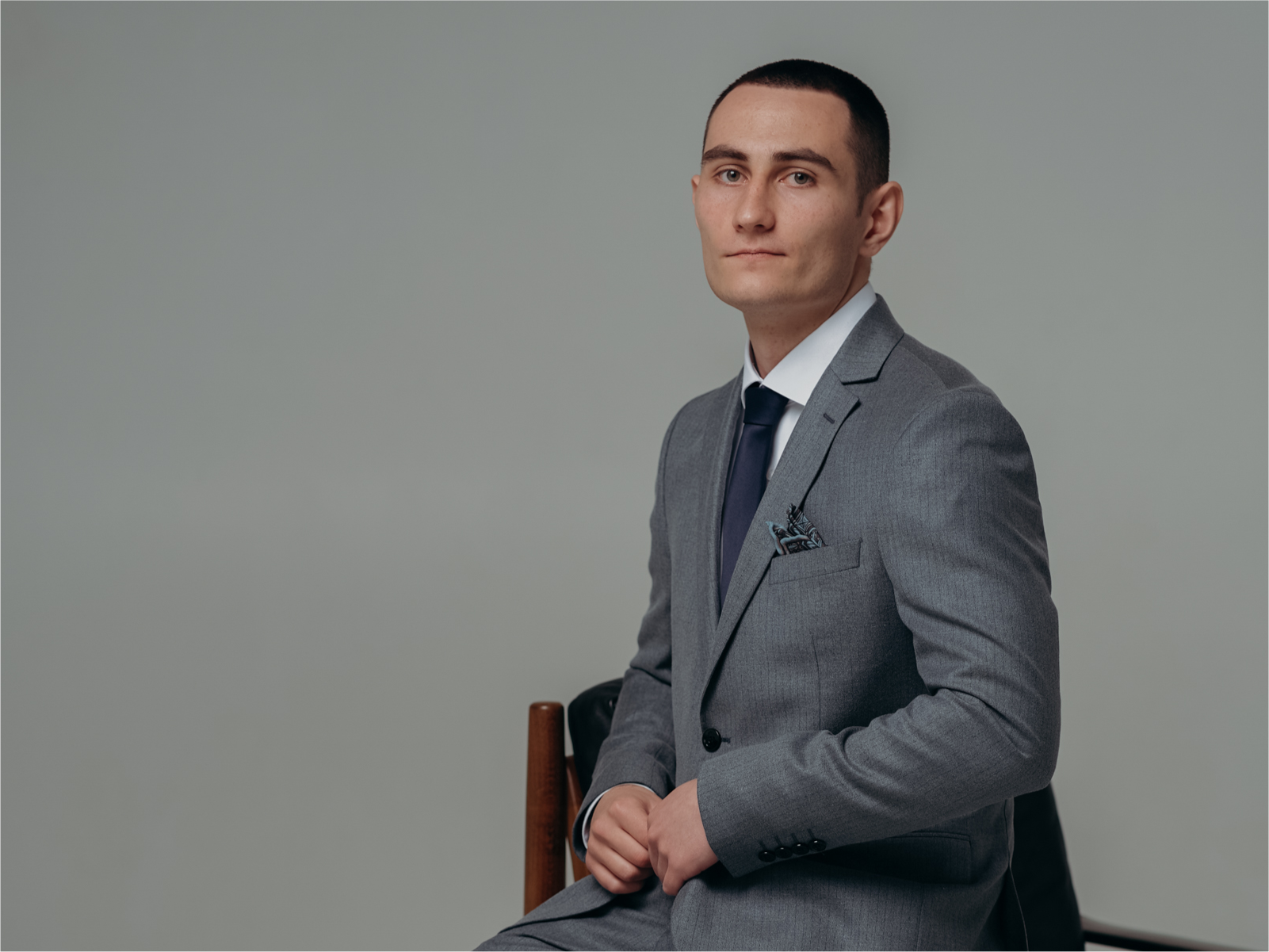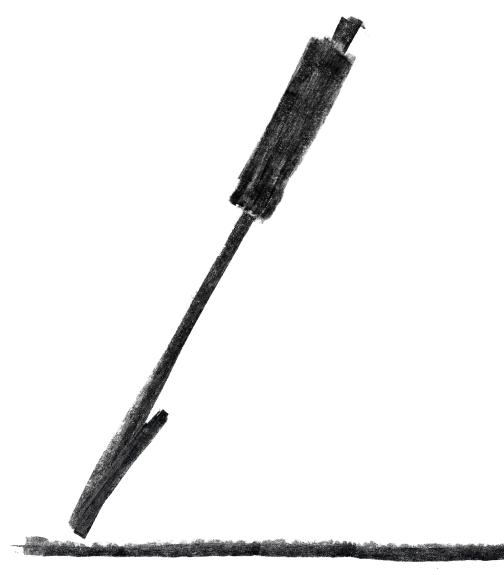In the era of digitalization, understanding concepts and types of copyright will become especially relevant. From the realization that what are copyrights? Depends on the protection of intellectual property and creative achievements. Copyright covers a wide range of creativity – from literary works to software, providing authors with legal protection for their work.
In Ukraine the system of copyright operates in accordance with modern standards and norms, providing a reliable legal mechanism for protecting copyrights. Understanding the basic principles and types of copyright is key to ensuring the rights of authors and the use of intellectual products within the law.
1. Concept and types of copyright
Copyright is a legal mechanism designed to protect the results of intellectual activity and creativity. It provides authors with exclusive rights to their works, allowing them to control their use and receive compensation for it. Copyright concept covers a wide range of creative works, from books and music to software and architectural projects.
What are copyrights?
Copyrights are divided into two main groups: personal copyright and property rights.
- Personal copyrights relate to the intangible aspects of creativity. They recognise authorship and protect the personal connection between the author and his work, such as the right to a name and the right to protect the integrity of the work.
- Property rights – these are rights to a material object that was created as a result of human creative activity. These rights include reproduction, distribution, public display, adaptation and translation of the work.
How many types of copyrights are there?
Copyright law is based on the division into personal and property rights, however, within these categories there are many subtypes, determined by the specifics of the creative process and the form of the work. For example, in the fields of literature, music, visual arts and programming, rights may manifest themselves in different ways.
Concept, meaning and functions of copyright
Copyright plays a key role in the cultural and economic development of society. It not only protects the creative freedom and interests of the author but also promotes the spread of knowledge, culture and innovation. Concepts and types of copyright create awareness among society and the basis for respect for intellectual property, and stimulate further creativity and development.
Copyright law in Ukraine represents an adaptation of international standards and practices to national legislation. This ensures the protection of Ukrainian authors at the international level and contributes to the integration of Ukrainian culture into the world’s cultural space.
2. Fundamental rights of the author and categories of copyright
Copyright provides authors with a wide range of rights that protect their interests and help stimulate creativity and innovation. Let’s sort it out fundamental rights of the author and their meaning in the context of intellectual property.
Basic rights of the author
The basic rights of the author include the following key aspects:
- Right of reproduction – provides the author with the exclusive right to authorize or prohibit the reproduction of his work in any form or manner.
- Right to Distribute – gives the author control over the sale, rental or any other means of distribution of originals or copies of the work.
- Right of public performance – allows the author to decide where and how his work will be performed publicly.
- Right to adaptation — the author can control the creation of derivative works based on his original work, for example, translations or film adaptations.
These rights allow authors to protect their creations and provide the opportunity to earn income from their use.
Copyright categories
Copyright categories vary depending on the type of creative works and the specific rights they provide:
- Literary and artistic works – include books, articles, poetry, music, painting and sculpture.
- Software and Databases – are protected as literary works, but have specific considerations regarding use and licensing.
- Audiovisual works – films, television programs and other video products that require approval of rights to use images, sound recordings and scripts.
Concept, meaning and functions of copyright
The protection of copyright plays an important role in supporting cultural diversity and economic development by encouraging creativity and innovation. Legal protection of intellectual property motivates authors to create new works while ensuring their right to fair compensation.
In the context of copyright in Ukraine, the legal system strives to strike a balance between protecting the rights of authors and public access to cultural and educational resources. This is achieved through the implementation of international treaties and its own legislation aimed at improving and adapting the copyright system to modern conditions.
3. Legal support and assistance in copyright issues
Copyright protection in the modern world requires not only knowledge of the law but also competent legal support. Legal support and assistance play a key role in ensuring the rights and interests of authors. They help navigate the complexities of the law and provide the necessary protection in the event of violations.
Help in resolving copyright issues
Help in resolving issues от Polikarpov Law Firm copyright law may include advice on intellectual property protection, assistance in registering copyrights, as well as support in disputes and litigation. Copyright experts can provide professional support in the following situations:
- Registration of works and preparation of the necessary documentation to confirm the authorship and date of creation of the creation.
- Protection of rights in case of their violation, including representation of the author’s interests in court.
- Licensing and transfer of rights, assistance in drawing up agreements on the use of works.
Legal support and lawyer services
Legal support and assistance involve interaction with qualified lawyers specializing in intellectual property. Lawyer services and their assistance may range from providing advice to full representation of the client’s interests in court. It is important to choose a lawyer with experience in copyright law to ensure the most effective defence.
Legal legal advice
Legal legal advice is the first step when copyright issues or problems arise. Consultations can be provided both online and in person, and allow authors to receive a professional assessment of the situation and recommendations for further actions.
In UkraineCopyright is supported through a set of legal protection measures, including legislative initiatives and judicial practice. Legal services and organizations offer assistance to authors in protecting their rights and ensuring compliance with Ukrainian and international copyright laws.
Conclusions
Protection of copyright is a key aspect of intellectual property support that stimulates cultural development and innovation. It provides authors with legal protection and remuneration for their work, which is an important incentive to create new works. Legal support plays a central role in this process by helping authors register, protect and manage their rights.
In Ukraine Copyright adapted to international standards, ensuring strong protection of copyrights and promoting cultural exchange and economic growth. Effective copyright protection balances the interests of authors and society, putting cultural diversity and innovation at the heart of progress.
What types of objects can be protected by copyright?
Copyright protects works that are original intellectual creations of the author (co-authors) in the field of science, literature, art, etc., expressed in objective form.
Accordingly, your work must be original and expressed in an objective form (e.g., a recording, drawing, image, etc.). Copyright law protects this form of expression, i.e., the text, image, or recording of a particular work, but does not protect the ideas and concepts inherent in such a work.
The objects of copyright are works in the field of literature, art, science, in particular:
- literary works of artistic, journalistic, scientific, technical or other nature (books, brochures, articles, etc.) in written, electronic (digital) or other form;
- speeches, lectures, speeches, sermons and other oral works;
- musical pieces with and without lyrics;
- dramatic, musical-dramatic works, pantomimes, musical and light shows, circus performances, choreographic and other works created for display on stage and their performance;
- theatre productions, stage adaptations of works referred to in paragraph 1 of this Part and the processing of intangible cultural heritage suitable for stage performance;
- audiovisual works;
- translation texts for dubbing (including dubbing), subtitling audiovisual works in other languages;
- works of art
- photographic works;
- works of applied art, including works of decorative weaving, ceramics, carving, casting, art glass, artistic forging, jewellery, etc;
- works of architecture, urban planning, landscape art and landscape formations;
- works of artistic design;
- derivative works;
- collections of works, collections of treatments of the intangible cultural heritage, encyclopaedias and anthologies, collections of ordinary data, other composite works, provided that they are the result of a creative activity of selection or arrangement of content;
- Illustrations, maps, plans, blueprints, drawings, sketches and plastic work related to geography, geology, topography, engineering, construction and other fields of endeavour;
- computer programmes;
- databases (data collections), if they are the result of intellectual activity in terms of the selection or arrangement of their components;
The list of copyright objects is not exhaustive. It changes and is supplemented together with the development of society.
Not copyrighted:
- reporting news or other facts that are in the nature of routine press information;
- expression of folk art (folklore);
- acts of public authorities, local self-government bodies, official political, legislative, administrative and judicial documents (laws, decrees, orders, resolutions, decisions, state standards, etc.), as well as their drafts and official translations;
- state symbols, state awards; state signs, emblems, symbols and insignia of the bodies of state power, the Armed Forces of Ukraine and other military formations of Ukraine, approved by the bodies of state power; symbols of the territorial communities of Ukraine, approved by the relevant bodies of local self-government;
- banknotes;
- transport, television and radio timetables, telephone directories and other similar databases that do not meet the criteria of originality and are sui generis rights;
- reductions;
- photos that have no signs of originality (are not photographic works).
What exclusive rights are granted to the author under copyright law
The author has a number of rights: personal non-property and property rights.
Personal non-property rights cannot be transferred to other persons, are not inherited, and belong only to the author.
The author’s personal non-property rights are:
- the right to claim recognition of authorship by properly identifying the author’s name in the original and copies of the work and in any use of the work, if practicable;
- the right to prohibit, in any use of the work, the mention of his or her name if the author of the work wishes to remain anonymous;
- the right to choose a pseudonym, to indicate and demand a pseudonym instead of the author’s real name in the original and copies of the work and in any use of the work;
- the right to demand the preservation of the integrity of the work, to oppose any distortion, mutilation or other alteration of the work, including accompanying the work with illustrations, prefaces, afterwords, comments, etc. without the author’s consent;
- the right to give a title to a work or to leave it untitled;
- the right to dedicate a work to a person(s), event or date.
Property rights may be transferred in whole or in part to other persons and may be inherited. The person who owns the property rights has the right to use the work in any way(s), as well as the exclusive right to authorise or prohibit the use of the work by others.
In addition, the author of a work is entitled to fair remuneration for the use of his work. This right can only be transferred to the heirs.
What are the copyright terms in general,
Countries that have ratified international copyright instruments are subject to the provision that copyright should last for the lifetime of the author and at least 50 years after his death. However, countries may increase this term. Therefore, in Ukraine copyright is valid for the life of the author and 70 years after his death. For works published under a pseudonym or anonymously, the term of copyright is 70 years.
Is there any possibility of extending them?
Copyrights are not renewable after the expiry of their term of protection.
What peculiarities exist with regard to copyright for works created by collectives or under labour hire?
Works created as part of a person’s employment duties are called service works.
Personal non-property copyrights to a work of service belong to the employee whose creative labour created such a work.
Property rights to the official work shall be transferred to the employer from the moment of creation of the official work in its entirety, unless otherwise provided for by the legislation, labour agreement (contract) or other agreement regarding property rights to the official work concluded between the employee (author) and the employer.
If the property rights to a work are transferred to the employer, an employee who is the author of an official work is entitled to remuneration. If an employee’s job duties explicitly provide for the creation of official works of the relevant types, copyright remuneration for the creation and use of such works and for the transfer of rights to them may be included in the employee’s salary in accordance with an agreement between the employee and the employer.
The employer has the right to entrust another person to complete an unfinished official work, to make changes to a completed official work, to accompany the official work with illustrations, forewords, afterwords, etc., unless otherwise provided for in the employment contract (contract) or other agreement regarding property rights to the official work.
If a work is created by more than one person, such a work shall be deemed to be co-authored.
Authors whose joint creative activity has created a work (a work created in co-authorship) are co-authors.
If the co-authored work constitutes an inseparable whole and otherwise is not provided for by contract or law:
property rights to the work belong to all co-authors jointly and are exercised by agreement between them;
none of the co-authors shall have the right to refuse, without sufficient grounds, to grant permission to the other co-authors to publish or revise such work.
Where a work created in co-authorship consists of parts, each of which may be used independently of other parts of the work, and no other provision is made by contract or legislation, each co-author shall have the right to exercise property rights in respect of the part of the work created by him, provided that such actions do not prejudice the normal use of such work and do not unreasonably restrict the legitimate interests of the copyright subjects concerned.
In case of infringement of copyright on a work created in co-authorship, each co-author shall have the right to file a claim for its protection, including in court.
Remuneration for the use of a work created in co-authorship shall be distributed between the co-authors in equal shares, unless otherwise established by contract between them or by law.

